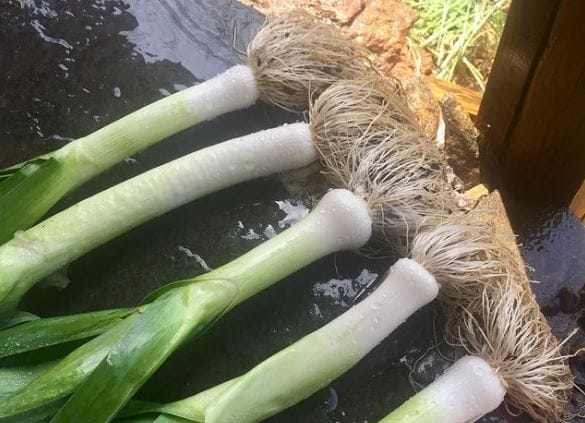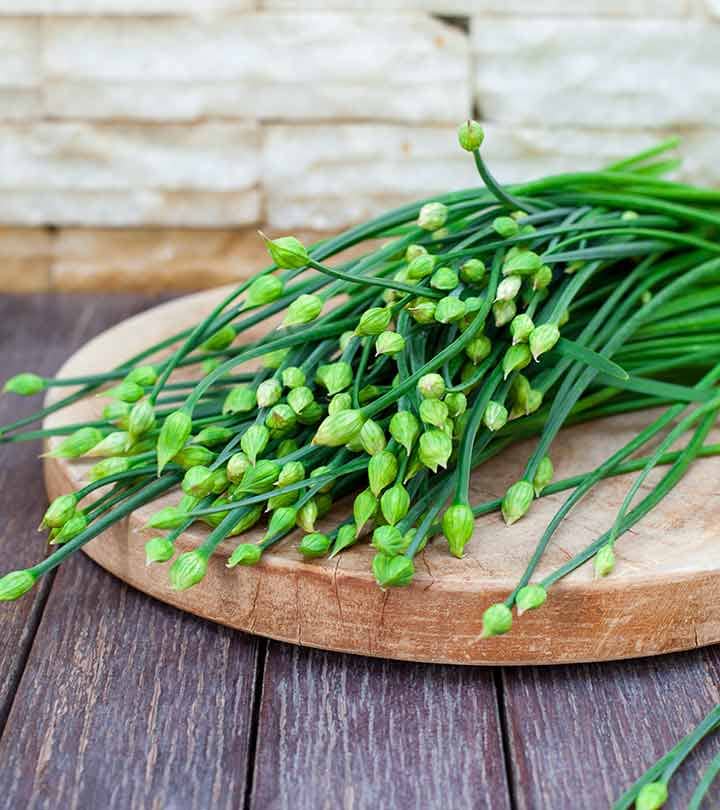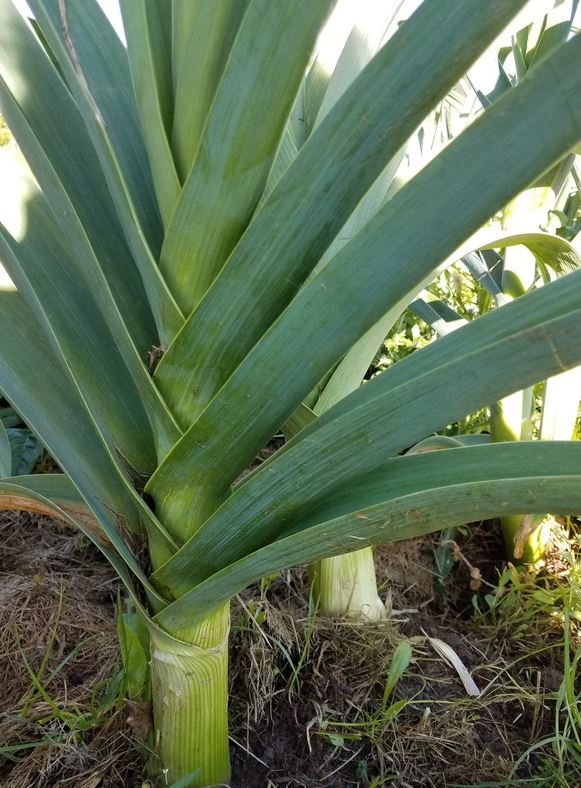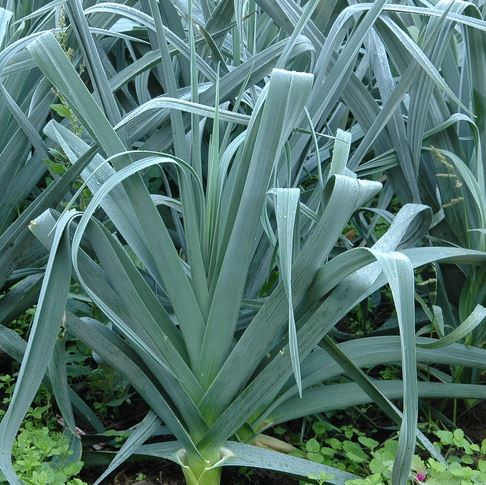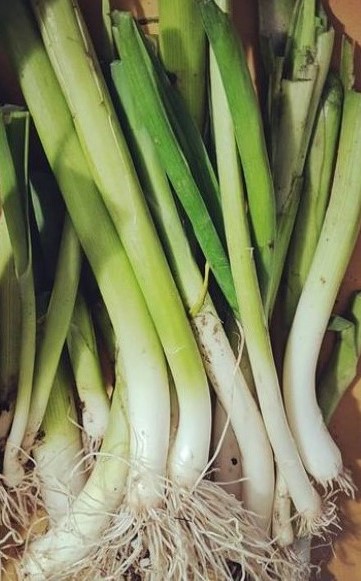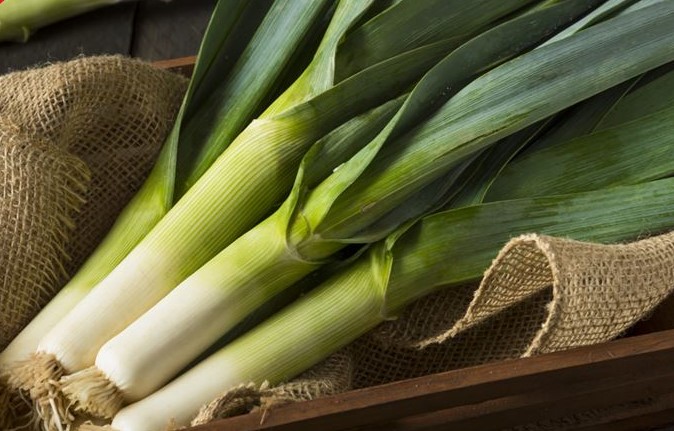Leek
Leek
Leeks, scientifically known as Allium ampeloprasum var. porrum, are a delightful addition to the culinary world, offering a mild and sweet flavor akin to their Allium family counterparts, onions, and garlic.
The structure of leeks is intriguing, featuring long, cylindrical stalks with layers of white, pale green, and dark green. While the prized edible portions lie in the white and light green sections, the robust dark green leaves serve to enhance stocks and soups.
In kitchens worldwide, leeks play a versatile role, seamlessly integrating into various culinary creations. Whether sautéed, roasted, grilled, or boiled, leeks elevate dishes without overpowering them, thanks to their subtle onion undertones. Chefs and home cooks alike value this versatile ingredient.
Beyond their culinary charm, leeks boast nutritional benefits, being rich in essential vitamins, minerals, and antioxidants that contribute to a balanced diet. Integrating leeks not only enhances taste but also ensures a nutrient-rich dining experience.
To fully savor the culinary potential of leeks, proper preparation is paramount. Thoroughly cleaning these vegetables removes hidden soil and grit between layers. Trim the roots, discard the tough dark green tops, and carefully slice the leek lengthwise, washing between layers under running water to remove any lingering dirt.
In conclusion, leeks transcend being a mere vegetable; they are a culinary gem that enriches dishes with a unique flavor profile while offering health benefits. Whether you’re a seasoned chef or a kitchen novice, the versatility and nutritional value of leeks make them an indispensable component of your culinary repertoire.
